Manevich, Abram
Manevich, Abram [Маневич, Абрам; Manevič], b 25 November 1881 in Mstsislaŭ, Mahilioŭ gubernia, Belarus, d 30 June 1942 in New York. Painter. Born in a Jewish ghetto in Mstsislaŭ, he moved to Kyiv in 1900 where he was discovered and supported by Mykola Biliashivsky who helped Manevich enrol in the Kyiv Art School, from which he graduated in 1905. Biliashivsky also organized Manevich’s first exhibition and found a sponsor who funded his studies at the Munich Academy of Arts (1905–7). Influenced by Paul Cezanne and other post-impressionists, Manevich, nevertheless, developed a uniquely individual style of landscape painting. He gained international recognition after his successful exhibition at the Durand-Ruel Gallery in Paris in 1913, but, having declined offers to move to London or New York, returned to Kyiv. He was one of the founding professors of the Ukrainian State Academy of Arts (1917–19). He had two solo exhibitions in Kyiv (1910, 1916). Manevich was noted for his masterful landscapes, particularly of Kyiv (such as Winter Landscape: The Outskirts of Kyiv (1908), View of Kyiv (1910), Autumn: The Dnieper (1913), Roman Catholic Church in Kyiv, Spring in Kyiv's Kurenivka District, Urban Landscape (1914), and Kyivan Roofs) and small towns in Ukraine. He left Ukraine after his son was killed in 1919 by the troops of Otaman Danylo Zeleny. His anguish resulting from his son's violent death was reflected in his painting The Destruction of the Ghetto (1919). From 1920 he lived abroad. In 1922 he settled in the United States, where he did the urban landscape series ‘Prosaic America’ (1925–7), portraits, and landscapes, such as Winter: Canada (1932) and Spring (1942). Having maintained strong sentimental attachment to Ukraine, in his will Manevich bequeathed 48 of his paintings to the Kyiv Museum of Ukrainian Art.
Marko Robert Stech
[This article was updated in 2009.]
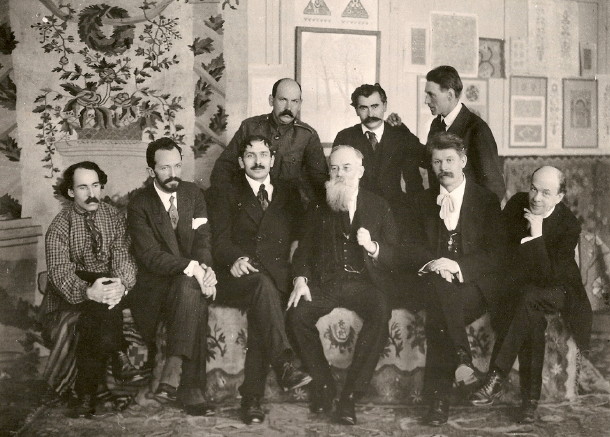
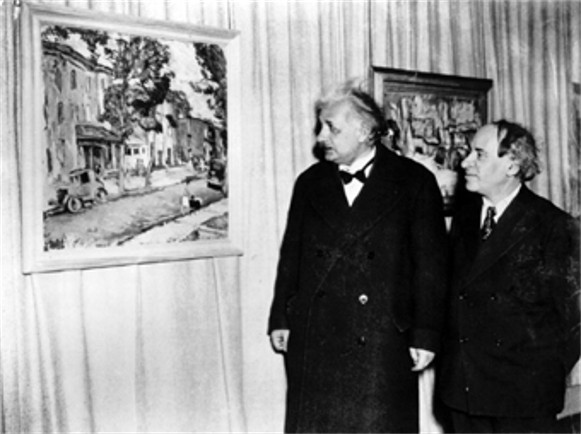
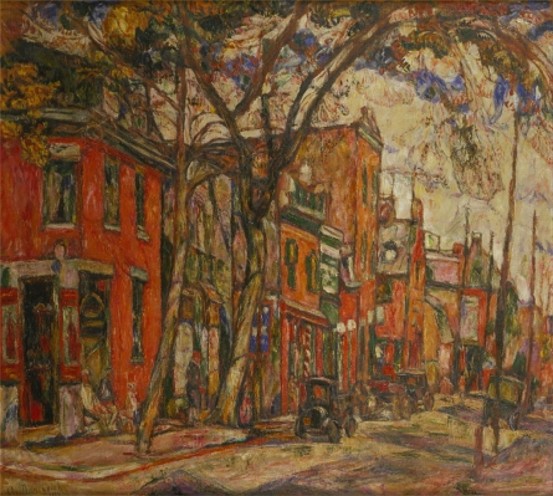
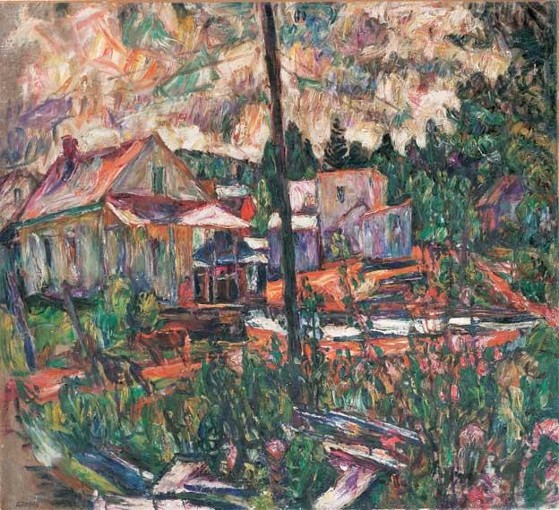

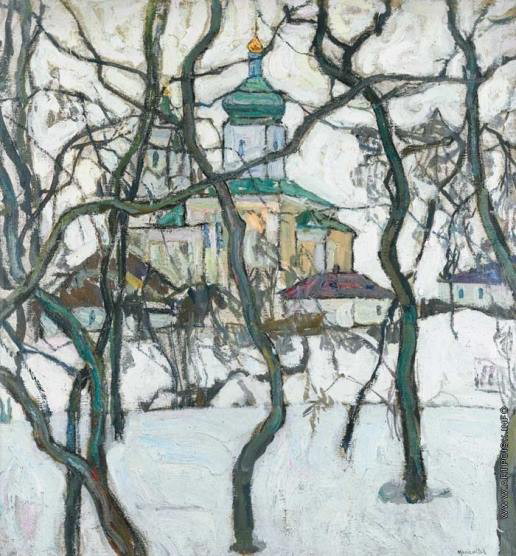
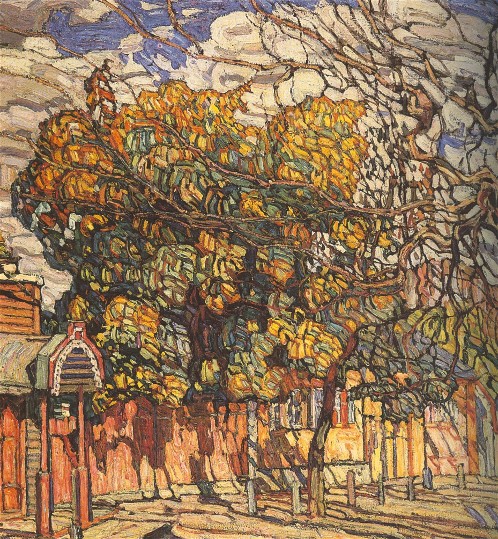
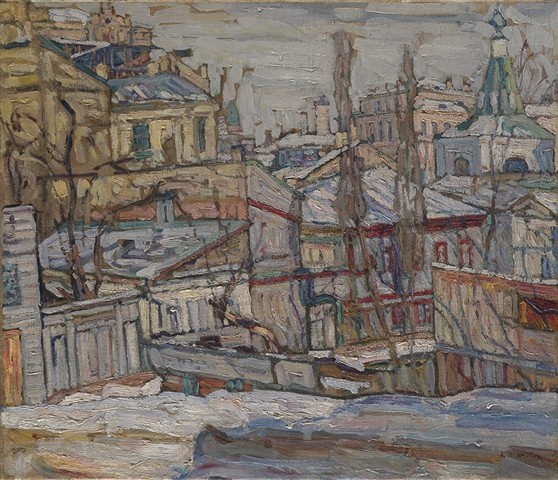
.jpg)
.jpg)
.jpg)
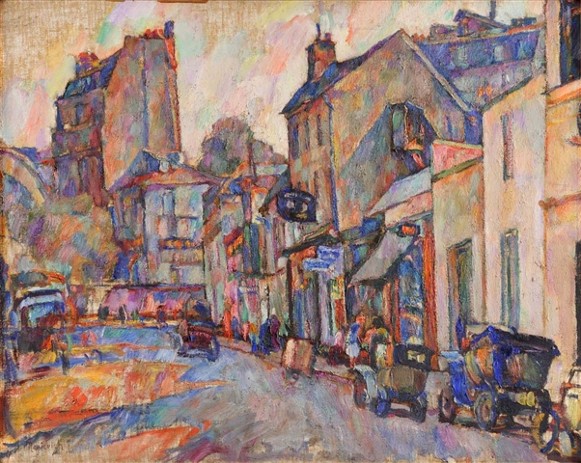
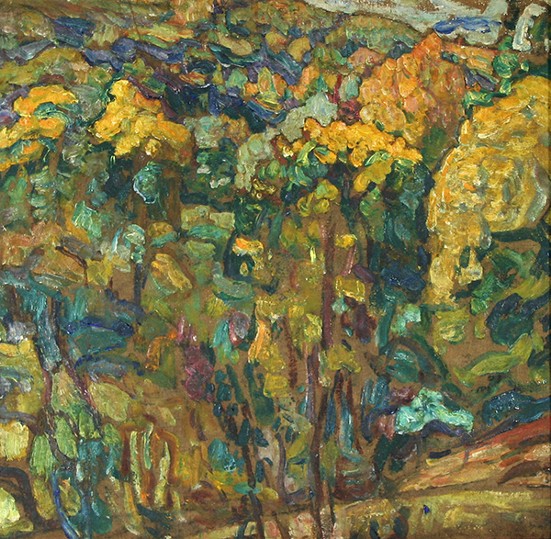
.jpg)
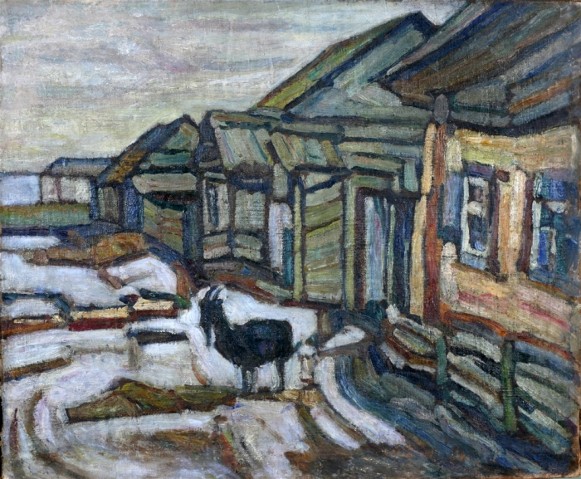
.jpg)
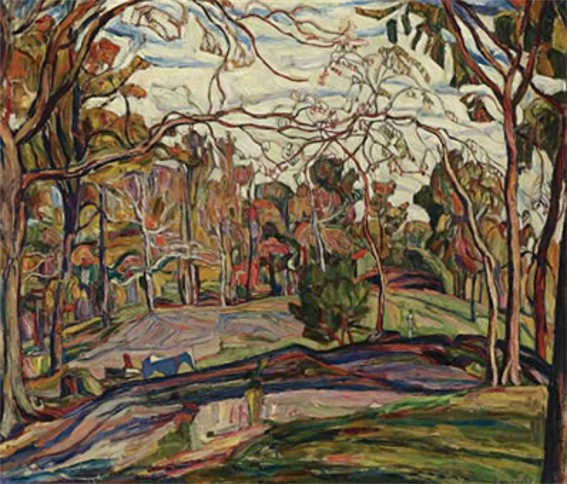
.jpg)
.jpg)
.jpg)
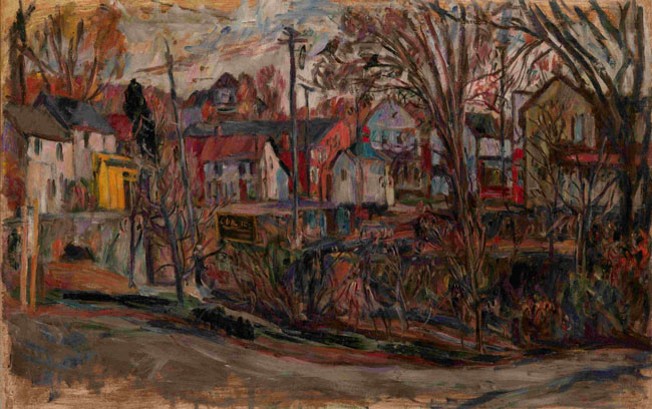
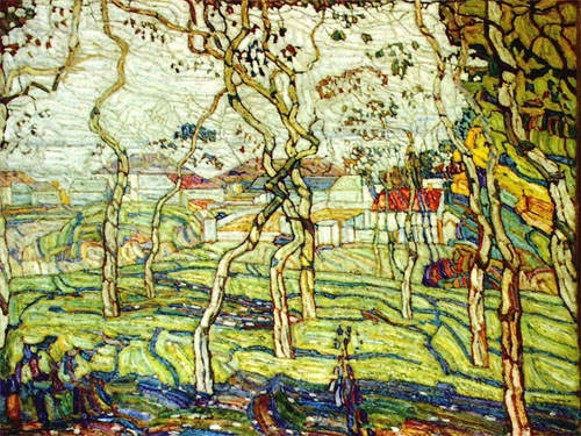
.jpg)